What are the different types of customers? How to retain customers? How to win lapsing customers?
If that’s what you’re looking for, you’ve landed at the right place.
We no longer live in an era where your goods and services decide your brand’s image. Modern marketing is equally dependent on your customer support department. It becomes THE reflection of your brand’s policies and claims.
Today, digitalization has empowered your customers to a new level.
The age-old saying that “the customer is always right”, will no longer help you gain customers. Instead, the new motto is “the consumer is always connected”.
With social media pages, a customer has 24/7 access to various review platforms. This means it takes only one bad review to turn your most loyal customer into an ex-customer.
In a situation like this, your agents must be aware of different categories of customers. Only when they know where a customer stands can they take the necessary steps to satisfy them.
In this article, we are going to provide you with 5 major categories of customers.
This will help your agent deal with customers in a correct manner. At the same time, it will also help you understand how to retain and win relapsing customers.
So, without any further delay let’s jump right into the content!
What are the Different Types of Customers?
Before you even follow the trail of different categories of customers, you must understand the valuable role of a customer.
Customers are important as they derive revenue. Without them, your business has no future.
The term is often used interchangeably with ‘consumer’. However, a consumer merely consumes the goods and services. A customer on the other hand is the one purchasing your product or service.
As a business, you should regularly monitor your customers and their behavior. This helps you analyze what types of customers are approaching your company. When you study your customers regularly, you can devise a strategy to attract new customers.
More than anything else, knowing your customers’ behavioral patterns helps you tailor your customer service.
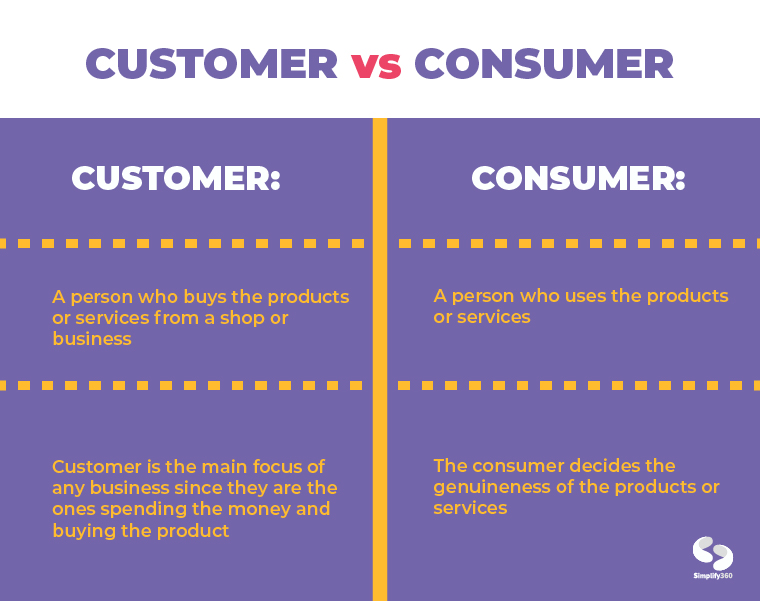
How Does Studying Customers Impact your Customer Service?
Every brand aims to ensure a positive customer experience. It is your key to a successful customer-brand relationship. A stable relationship with your customers becomes a manifestation of loyal customers.
This loyalty is witnessed in favorable online reviews and referrals. As discussed earlier, one review is enough to change the course of your success. While one bad review can make an already existing customer switch to another brand, one good review can also help consumers of different brands gain an interest in you.
In simpler words, by studying customers you can
- Create effective marketing/advertising campaigns.
- Address the needs and wants of your customers.
- Retain customers and repeat business.
Now that you understand how customers serve your benefits, let’s understand how to turn every customer into a loyal one.
But first, let’s see all types of customers that are known to the marketing world.
1. New Customers
Like anybody new to something, new customers are also full of questions. They have a curious mind and a conscious one.
These are not your customers yet. However, if they are already in your support center, chances are they are interested in you!

But remember that they are still on guard!
Most of the queries raised by new customers are rather simple. However, it is these unchallenging tickets that can lead you to gain a forever customer.
The way you guide your new customers become their first impression of your brand. This decides whether they will be your repeat customers or not. Their first experience with customer support acts as your window to create brand loyalty.
You must remember, it is easier to retain customers than to gain new customers.
Retained customers work on the foundation of trust with your brand. That’s why it is important to be patient with them. This enables them to experience your customer-centric approach and builds a connection with them.
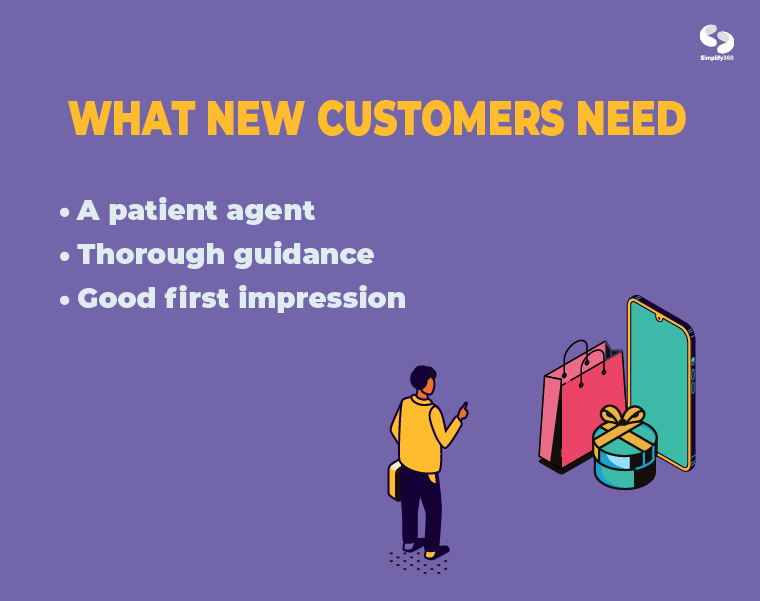
2. Impulsive Customers
These customers are the customers who are quick to make decisions. Therefore, these are your best chances at gaining a loyal customer.
Impulsive customers are quick to buy things but aren’t that great at reading the fine print.

It is for this reason that these customers call customer support on an impulsive thought.
They had something else in mind but was delivered with something completely different from their expectation. However, this doesn’t mean your support agent gets to treat this query as any other ticket – an important one!
Even when it becomes clear that the customer has called the help prematurely, you should get them redirected asap. Impulse customers tend to have questions related to your product or service’s use cases, warranty, or return policy.
FAQs or scripts for support can be immensely helpful in this situation.
You can also automate your services to deal with certain repetitive questions. This will solve the issue quicker and save your agent time.
Another side of this situation could be dealing with a rather angry, frustrated customer.
We recommend sympathizing with them but not promising anything that is out of your agent’s purview.
While retention is our ultimate goal, making false promises can only lead to worse situations.
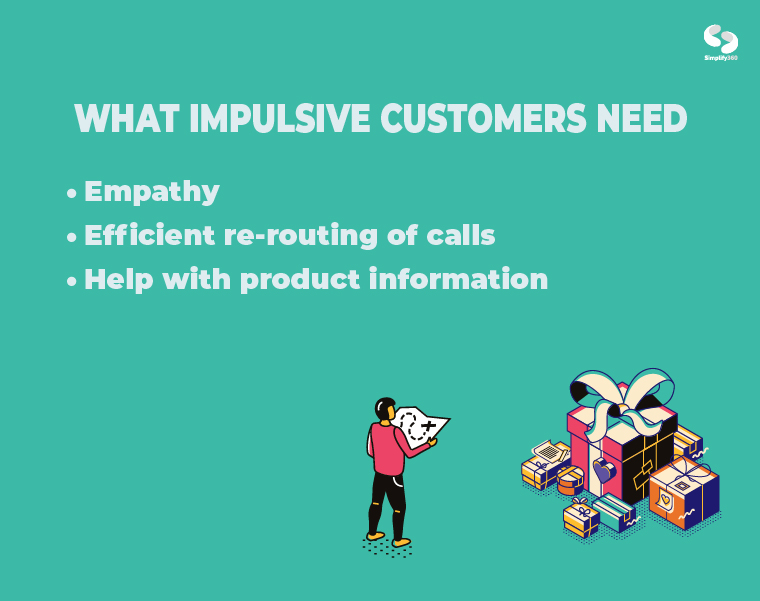
3. Angry Customers
Now, these are the trickiest customers to deal with!
You are never certain about the reason behind their frustration. Sometimes, it is just because they are having a bad day and sometimes, it’s because they have encountered the same issue multiple times.
The only certain thing is they are NOT friendly.

However, it is important to remember that they are frustrated for a reason. Therefore, it is crucial to have a strategy to deal with frustrated customers.
Certain things to keep in mind while dealing with a frustrated customer are:
- Speak clearly and stay calm
- Don’t take hurtful comments personally
- Rules apply to all customers alike
When dealing with an angry customer, empathy is your key to success. Put yourself in their shoes and let them know you understand their discomfort.
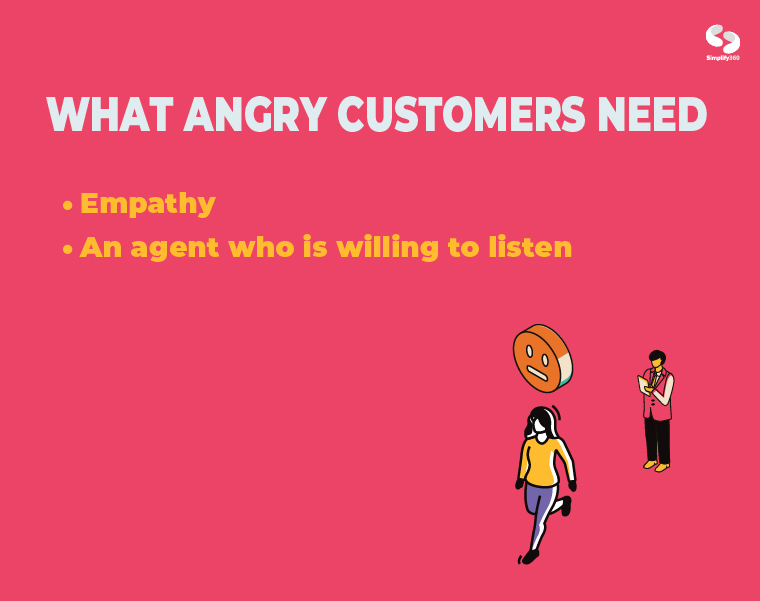
4. The Researchers
Also known as insistent customers, these types of customers are highly informed.
The researchers usually do heavy research before finalizing any sale. Therefore, you need to keep in mind that your help desk was their last resort.
Since they have probably looked at many solutions before reaching out to you, they require proof of your efficiency.

Simple FAQs and informative articles on your website aren’t going to be your rescue aids. Your agents need to be thoroughly versed in product knowledge to deal with these advanced researchers. At the same time, it is important to be polite and accommodating. You want to satisfy their need to feel influential.
If you are not smart about it, these customers can easily turn into angry customers. They are quick to jump to conclusions if they feel your customer service was condescending.
However, if dealt with correctly, these are also your potential loyal customers.
Once their issue gets resolved, get their feedback and share it on your website. This will let them feel heard, appreciated, and valued. Simultaneously, it adds user-generated content to your knowledge base.
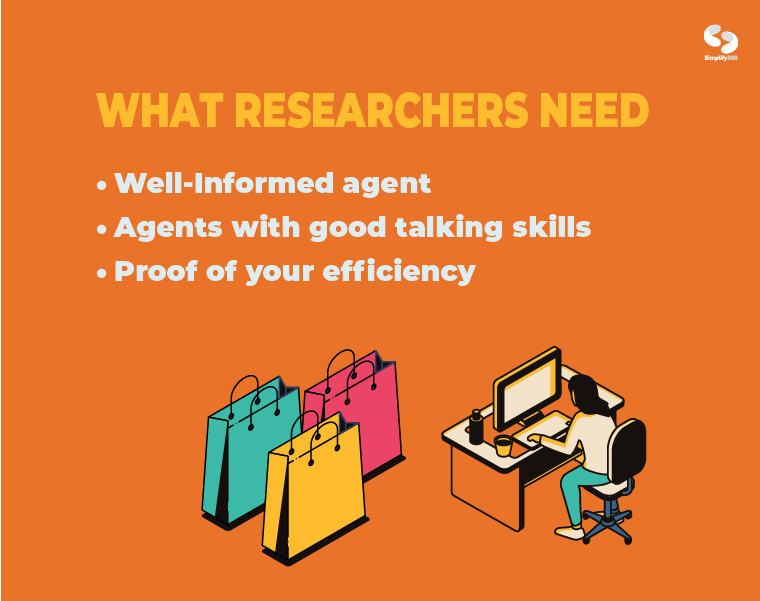
5. Loyal Customers
We have finally reached the type of customer we all want.
A loyal customer is like an evangelist. They are better than any marketing campaign. They serve as living proof of your efficiency and effective service. These are your favorite type of customers. It is for these reasons, that you should always prioritize these customers.
They have been a part of your business for years and therefore are a joy for your sales department.
However, loyal customers also add the pressure of “specific needs” on the support department.
They have already shown their preference for your company and this makes them the best way to foster organic marketing. Convince them to share their story on social media. Once they do so they become the voice of your brand’s efficiency.
It is important to provide them with exceptional support. Be proactive and stay ahead of an issue before it escalates.
Providing discounts or loyalty rewards will always serve good.
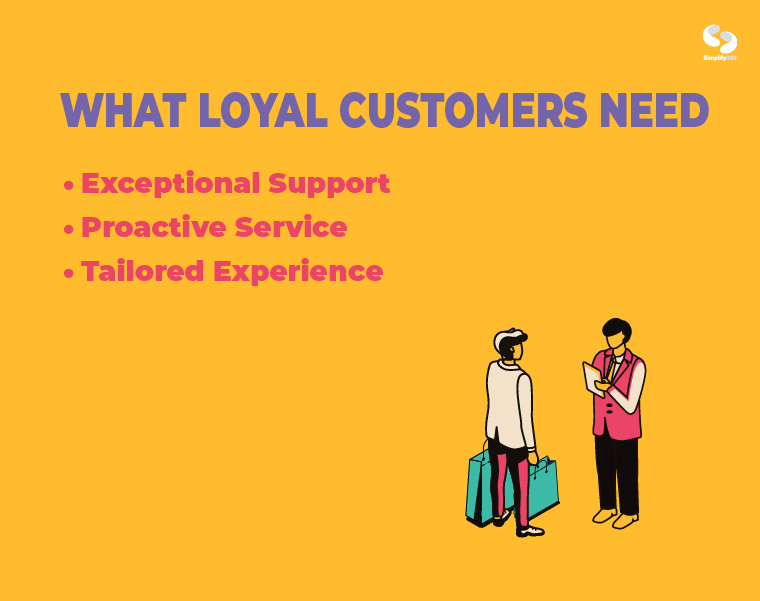
While different customers have different needs, there are some expectations common to every customer.
Let’s have a look at what they are.
What Every Customer Expects?
While different queries need different approaches, it is important to follow some basic rules of customer service.
Every customer expects
- Quick Responses and delivery
- Easy access to help
- Friendly agents
- Omnichannel support
- Personalized experience
Remember that these tactics are only applicable if you’re treating every customer like a possible loyal customer.
Grouping customers into different categories is based on their approach to you. But, turning every onlooker into a repeat customer is your job.
Every customer that is provided with the above-mentioned service is immediately intrigued and drawn towards your brand. These on-lookers are now your potential customers.
Chances are most of these fit at least one of the five categories mentioned above. The better you serve them, the more sales you’ll make.
Based on these common expectations, let’s see how to convert every site visitor.
How to Turn Visitors Into a Repeat-Customer
Here, we’ll be seeing how you can turn your visitors into repeat customers.
1. Don’t Ignore Lookers
Lookers are mostly enjoying their time on your website.
If you manage to catch their attention and make them stay long enough to engage in an offer, your chances of converting them increase exponentially.
Encourage these types of customers to get on your mailing list. Make your website engaging. If they enjoy their first visit, chances are they will be back.
2. Keep Bargainers Happy
We do not support participating in price-slashing battles. But, it is important to understand that getting products at a discount price adds a thrill to your customer’s journey.
Rather than initiating an exclusive bargain offer, you can have discounts for first-time users.
Even the smallest of price adjustments or other special benefits can turn a ‘No’ into a sale.
Once you have introduced the product to people, these customers can be turned into repeat customers based on your product, service, and support quality.
3. Keep it Seamless
This is one of the most important strategies to follow.
The path from advertisement to making the purchase should be hassle-free. Clear every obstacle that might hinder or distract your customer from making the purchase.
Keep your website navigation as simple as possible. While pop-up ads serve a good purpose, many of those might ruin your customer’s experience.
Your customers want to buy! Let them buy.
3. Take Feedback Seriously
We have already agreed to the difficulty in dealing with frustrated-angry customers. But these are the customers that provide you insight into the gaps between your claims and delivery.
Your complainants are an excellent source of feedback. If you repeatedly hear the same issue take a close look at your system.
Dissatisfied customers help you find problems with your service and fix them.
Final Few Words
Every customer is unique in their own way.
Every one of them comes with their own requirements and set of challenges. Yet, treating them all to the best of your capacity leads them all to the same destination – A Happy Customer Base.
Today, every business, as a modern marketing firm, aims at winning customers over its competitors. This calls not for a unique strategy but a consistent following of these strategies.
Once you follow the steps devised to attract more and more customers, even your tools become adapt to the ways. This enables a seamless experience for your customers turning every one of them into a loyal one.
We don’t claim that there exists no other category of customers. But almost all customers and consumers can be broadly categorized into the 5 categories listed above.
So, we believe you found this article helpful. If you have any questions regarding the different types of customers, feel free to reach out to us in the comments section below!
Cheers!
